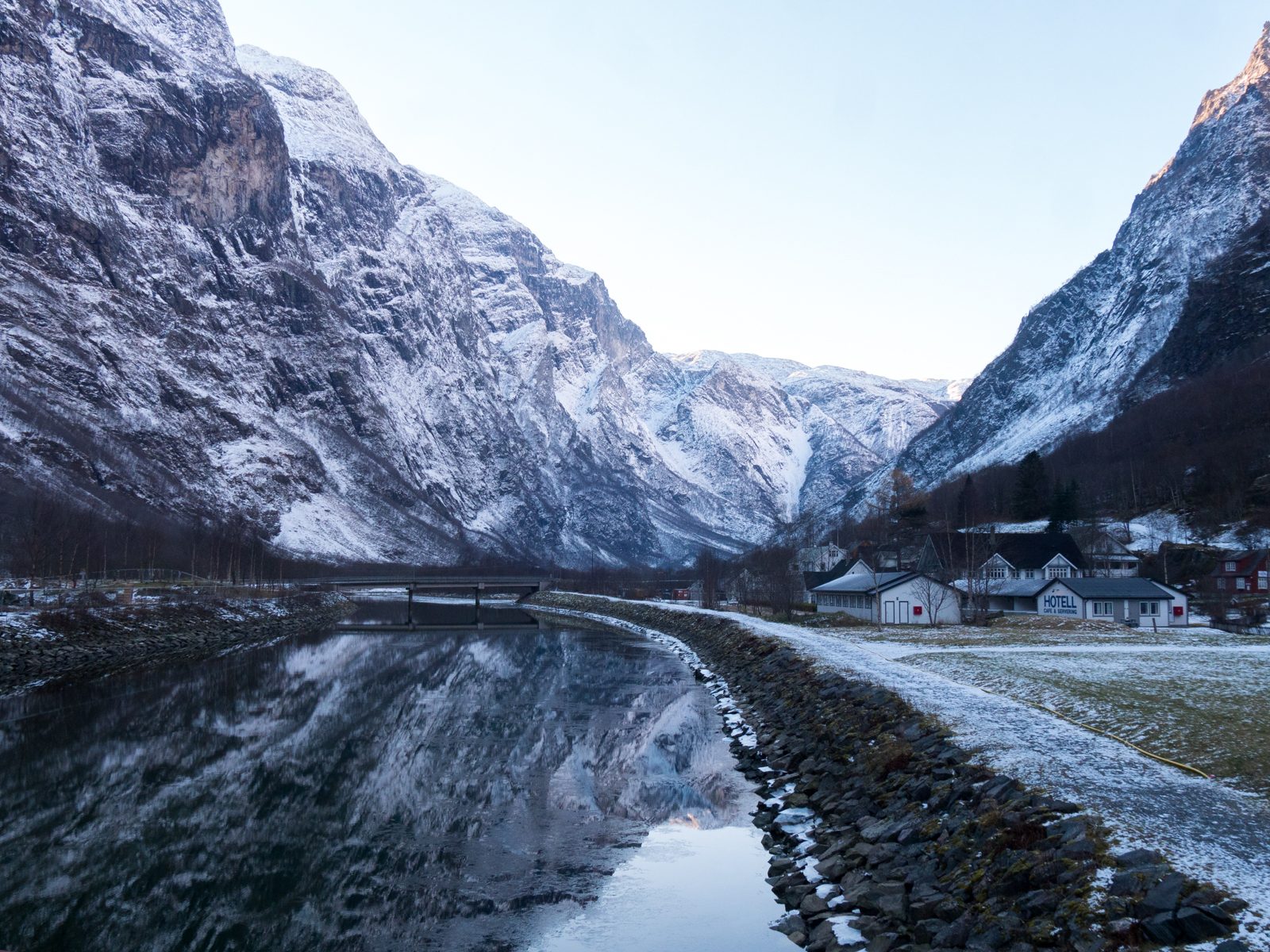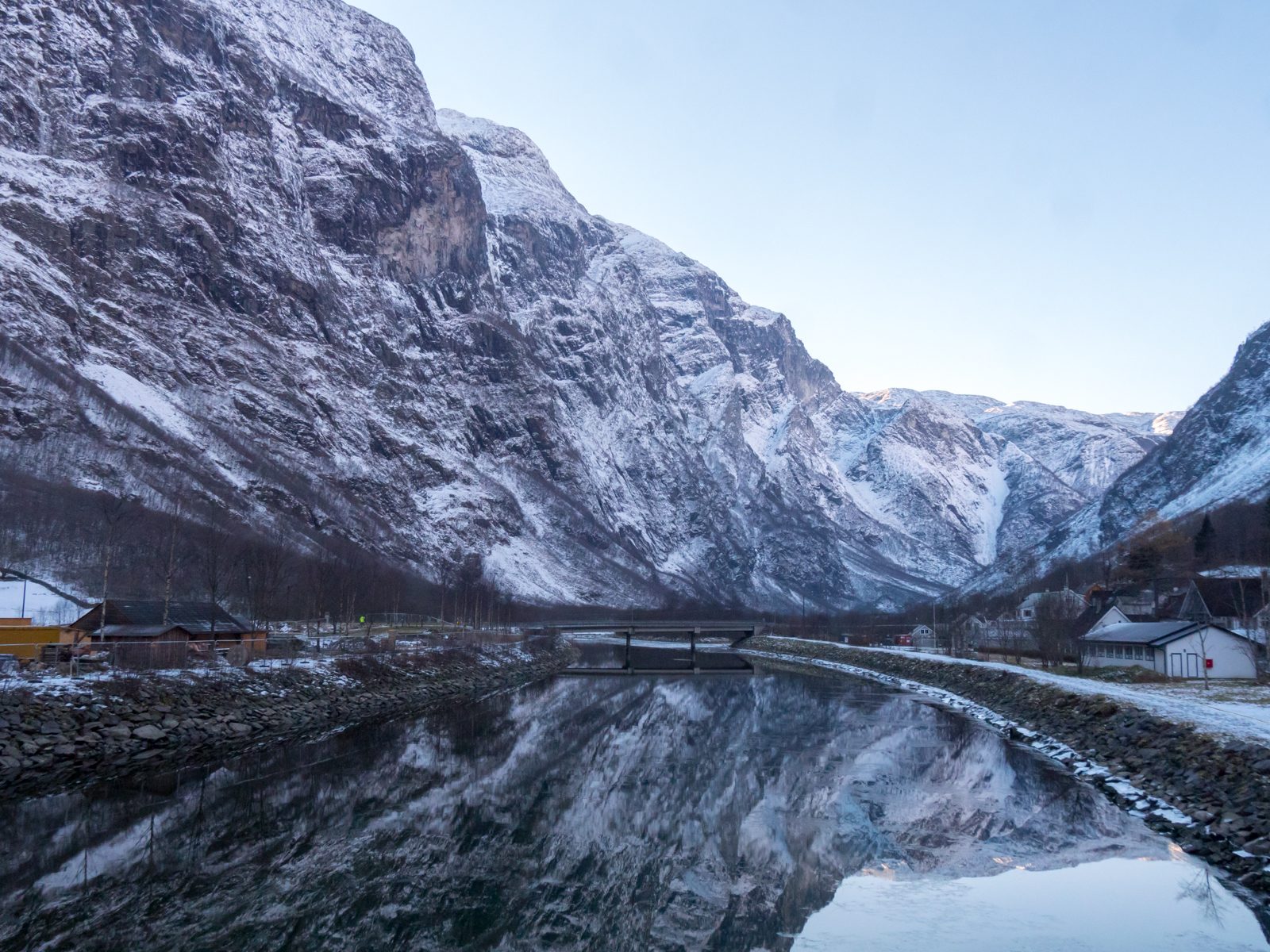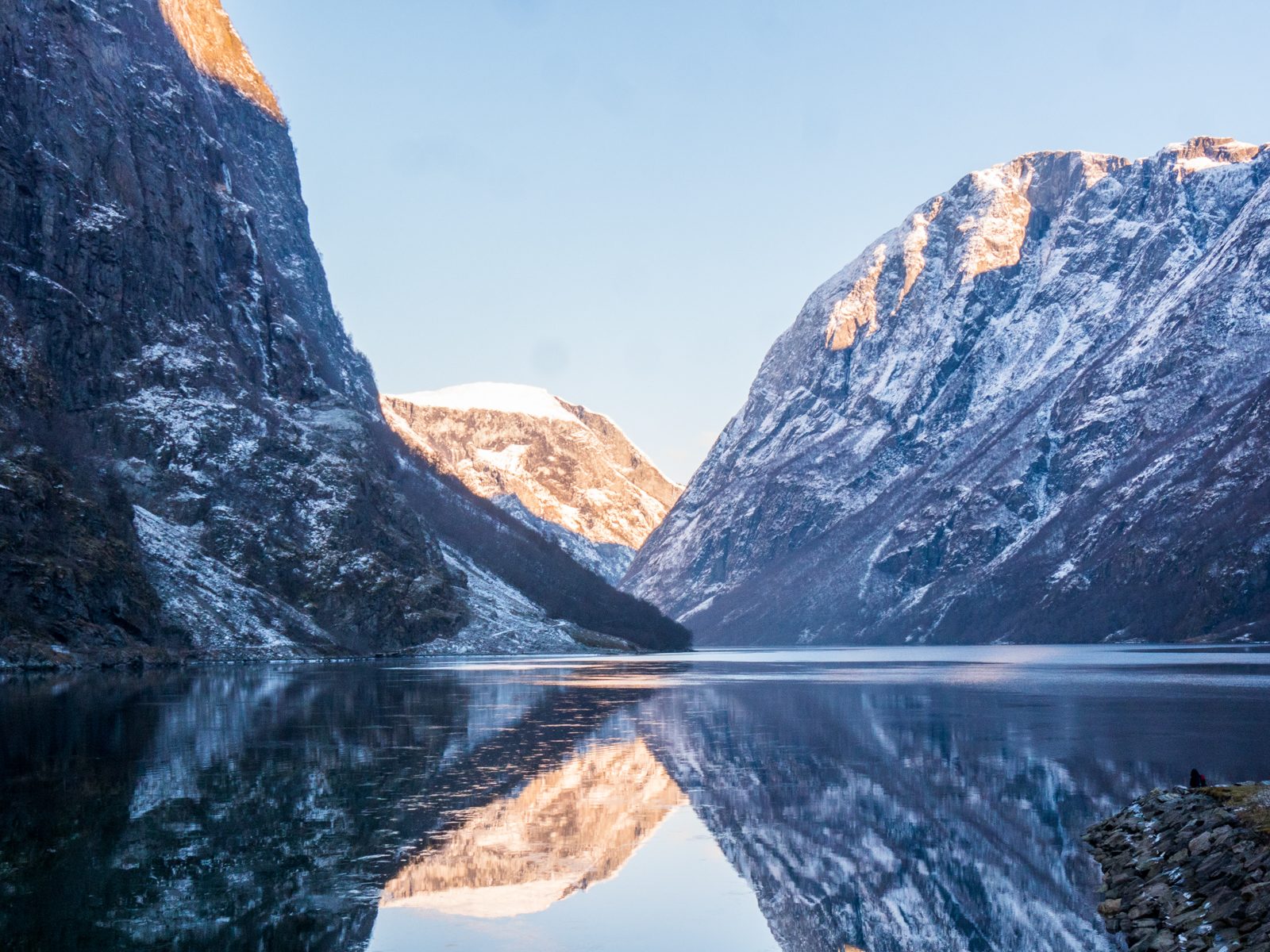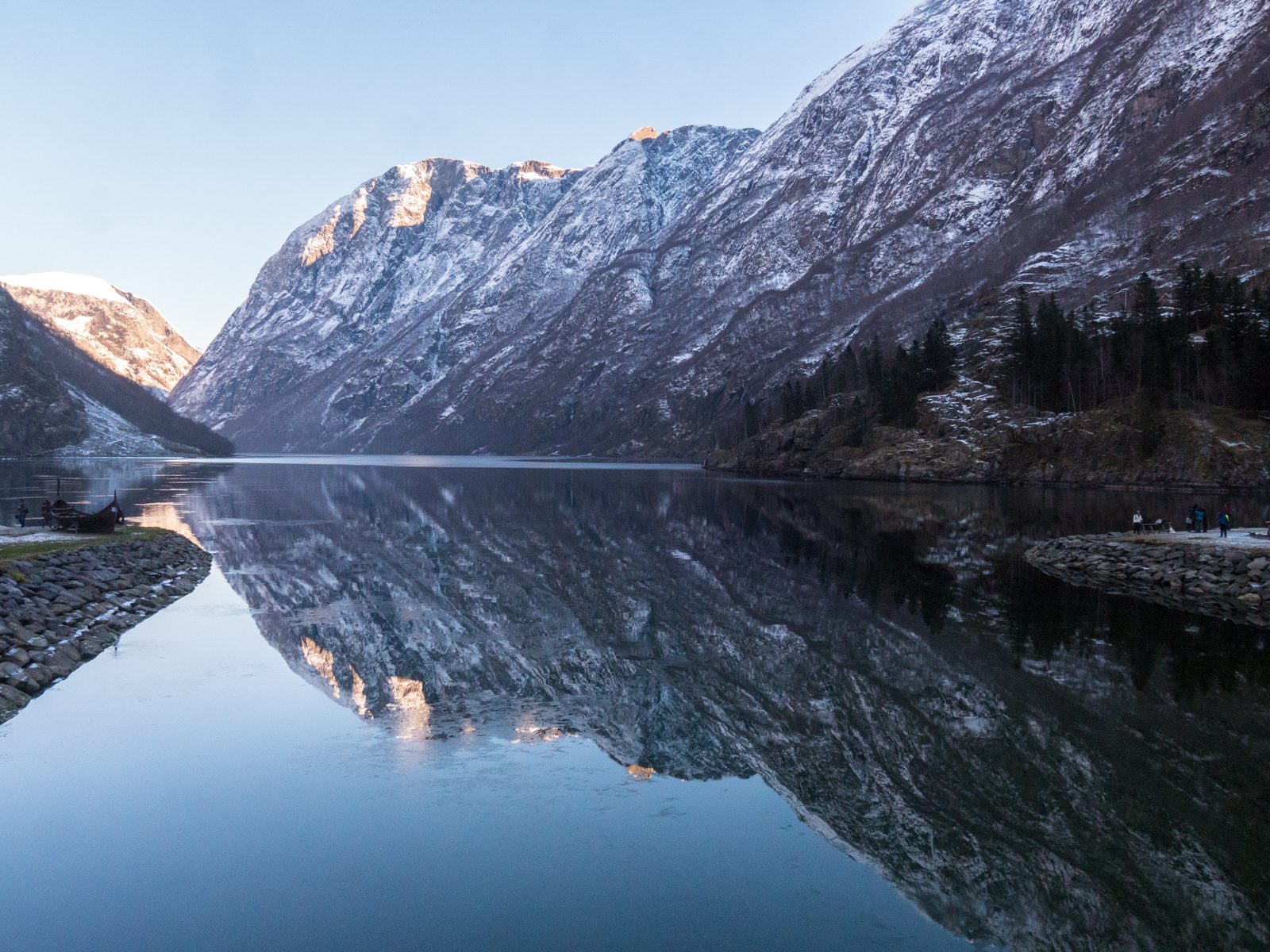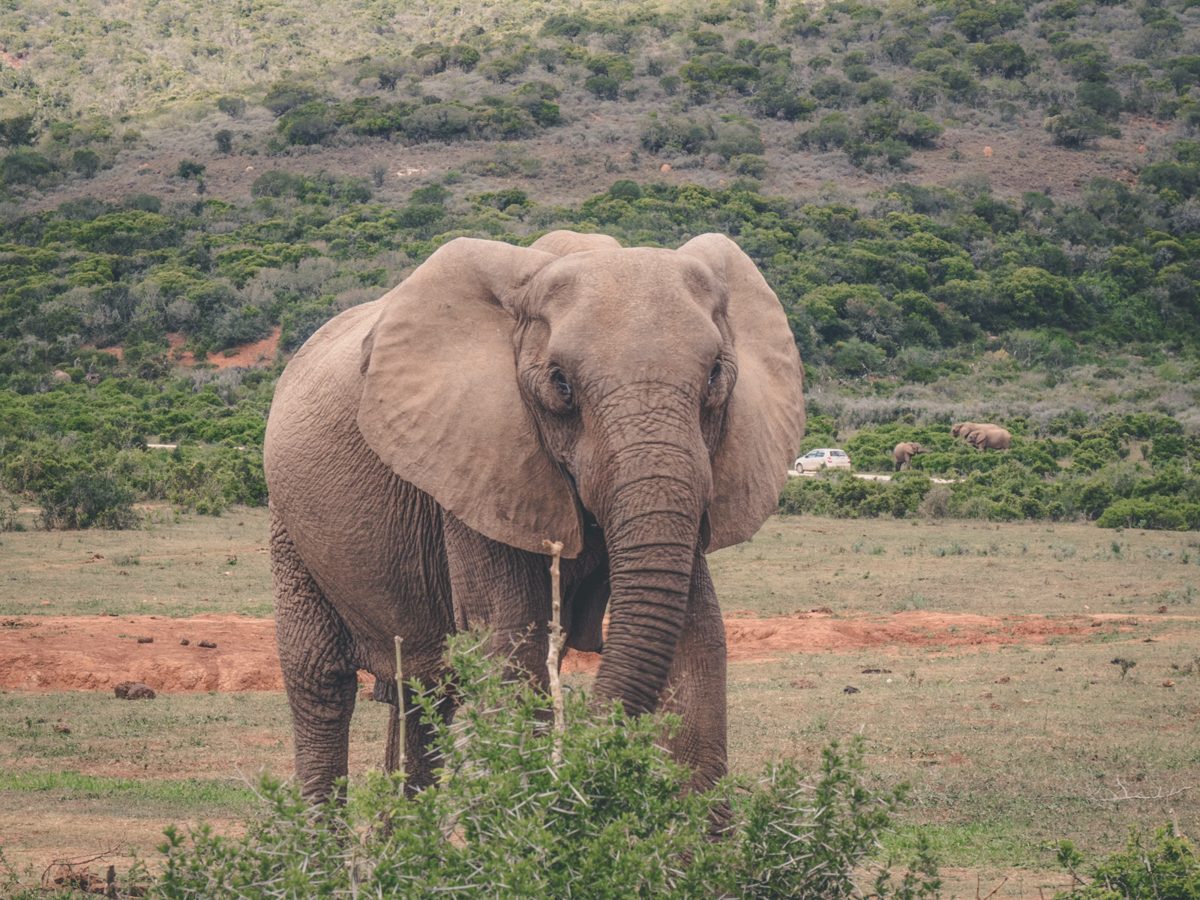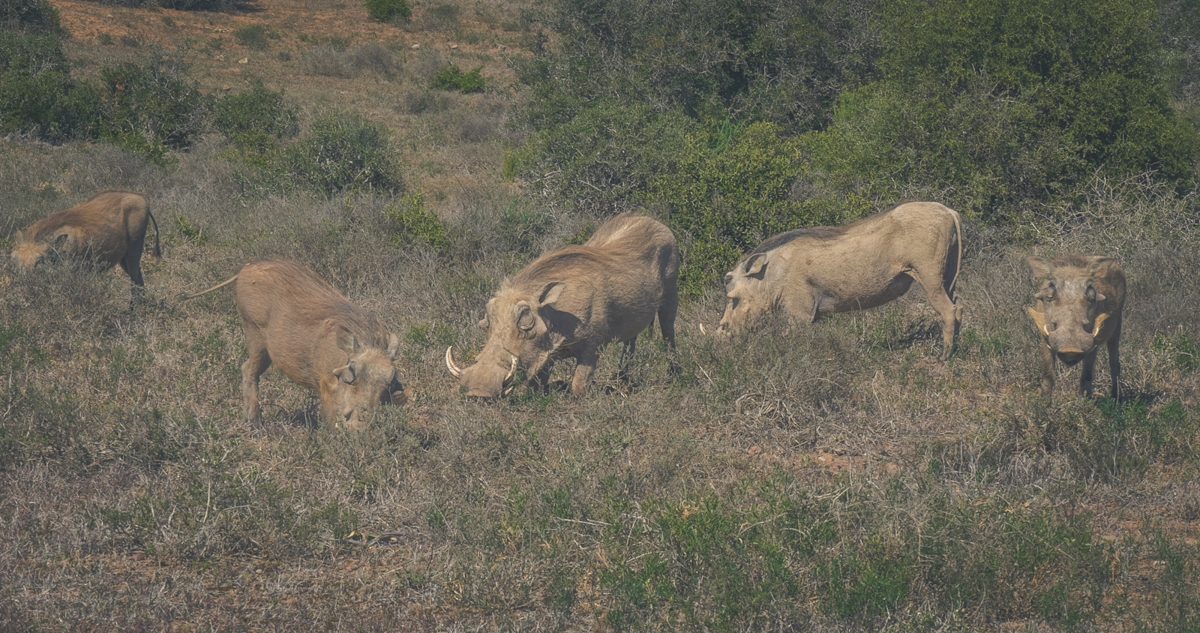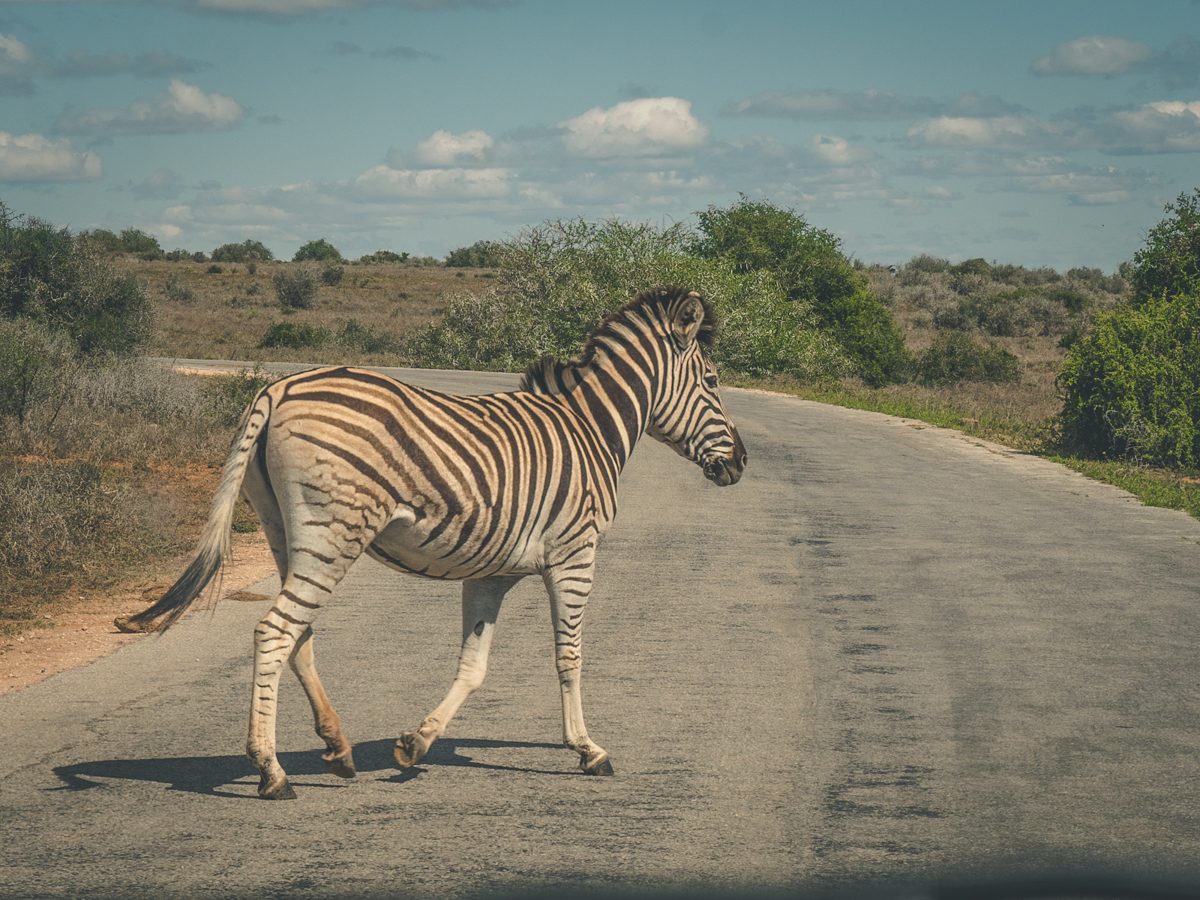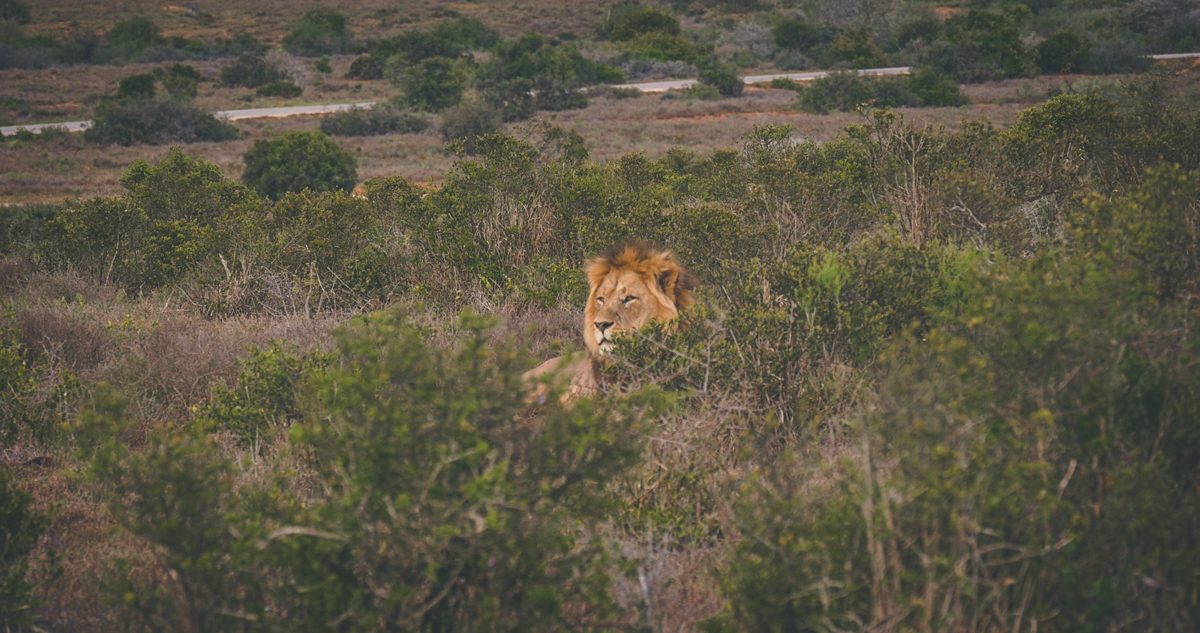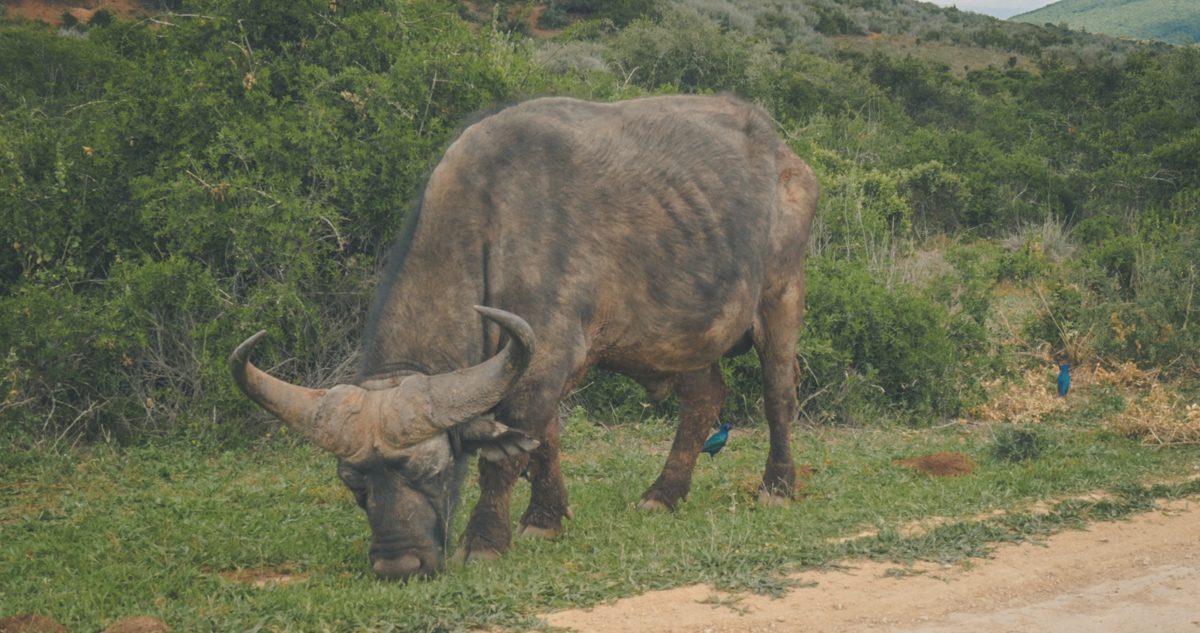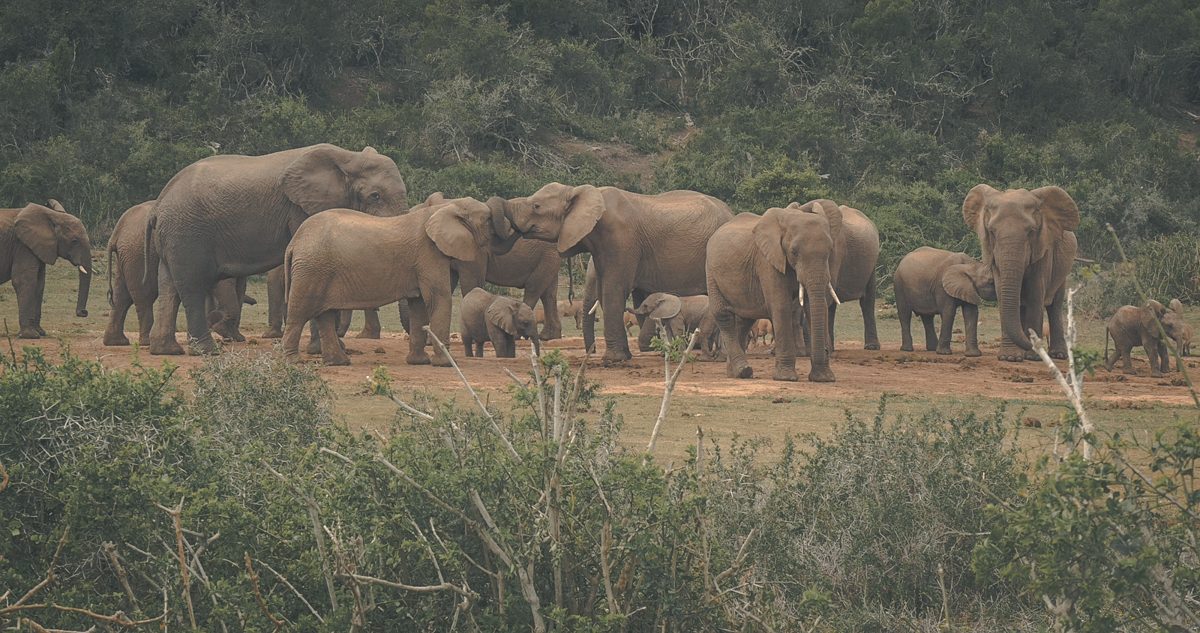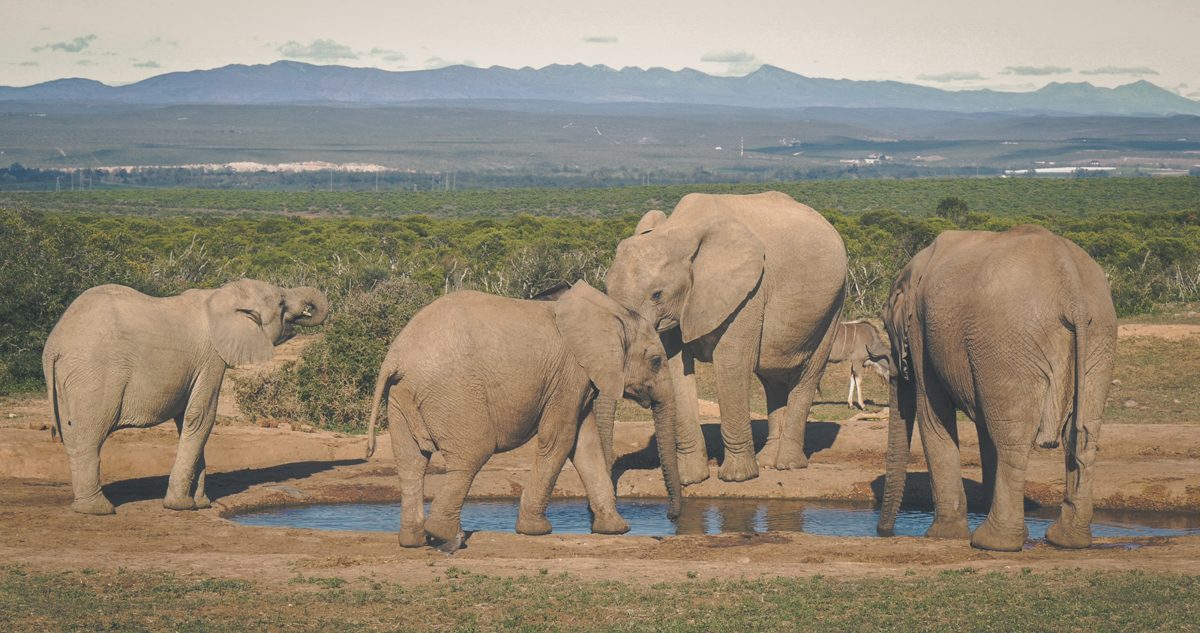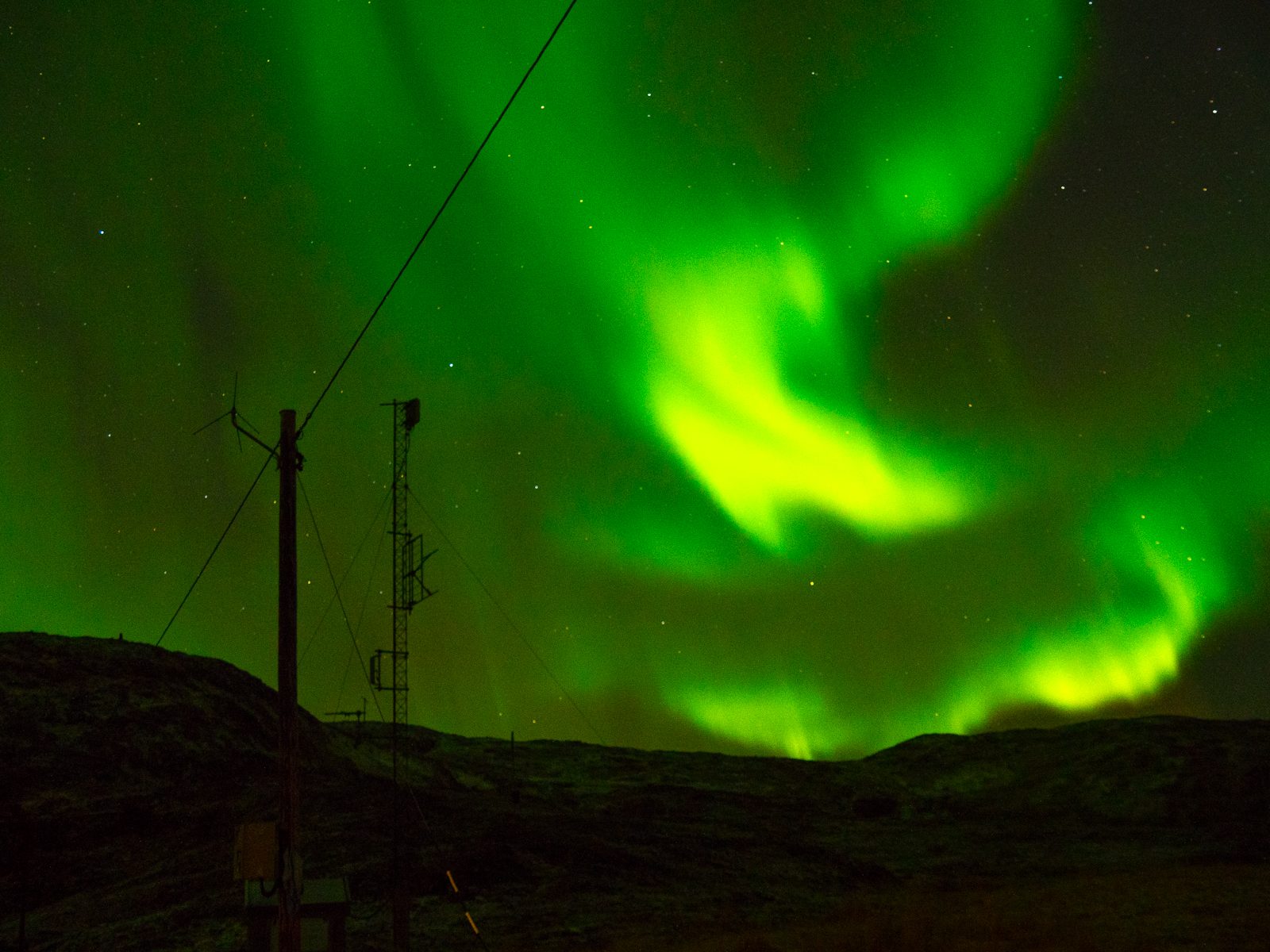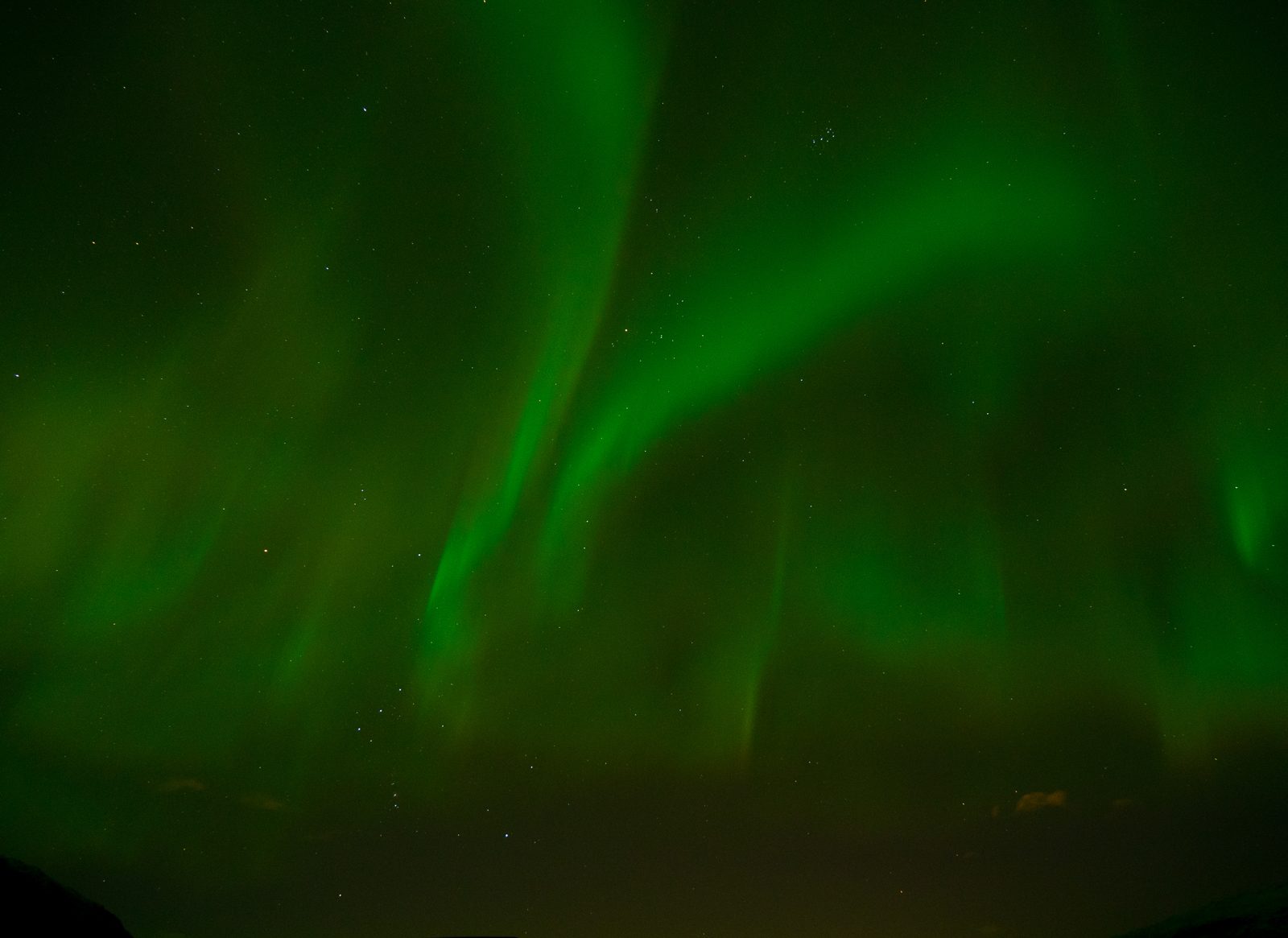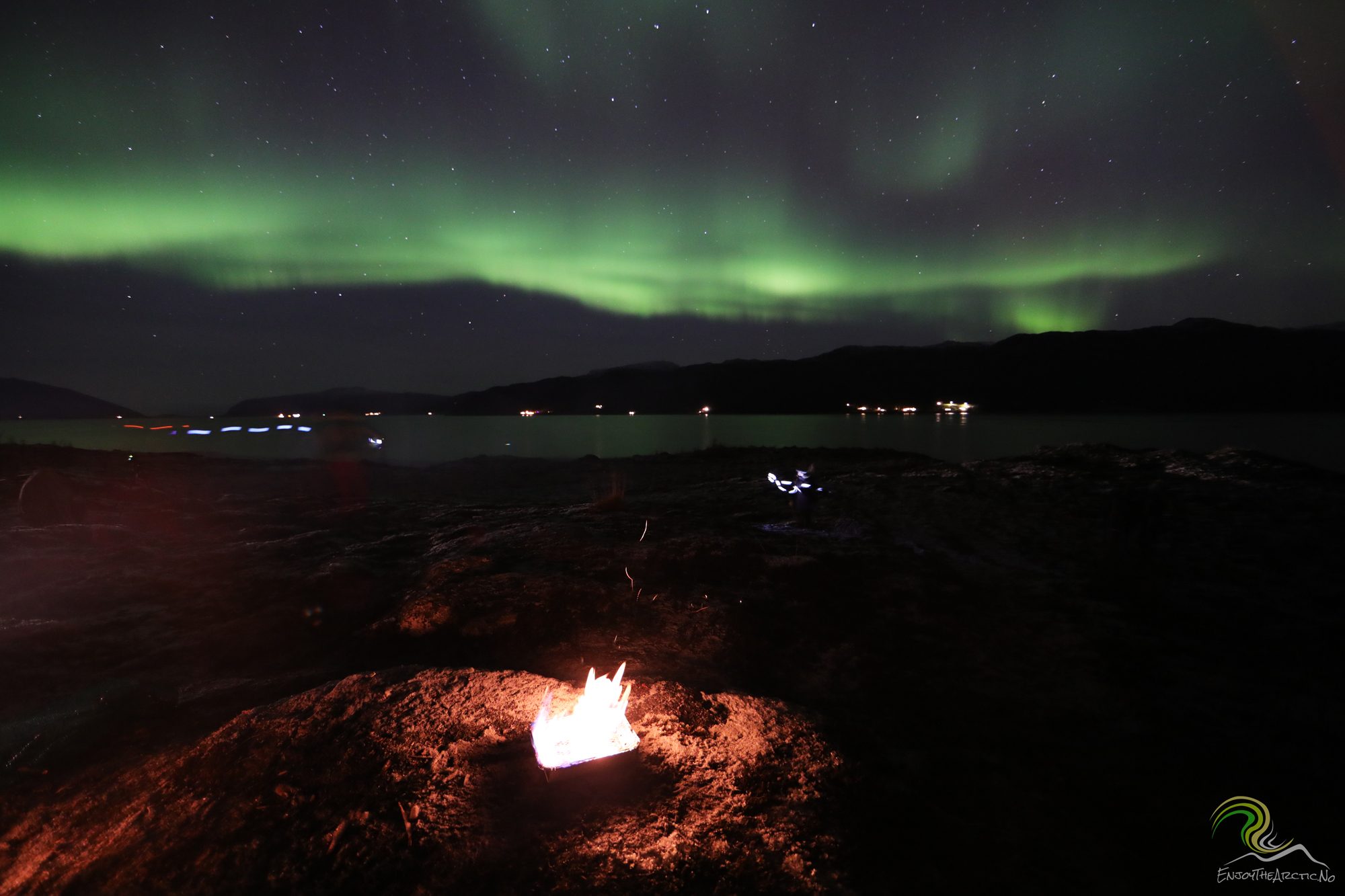Arriving at Cape Agulhas, the first thing that hits you is the ferocious wind. The barrelling gust lends power to the rogue waves crashing against the rock formations.
Cape Agulhas is the southernmost tip of Africa; the meeting point of the tumultuous Indian and Atlantic oceans. I immediately recalled standing at the very joining of North American and Eurasian tectonic plates in Þingvellir, Iceland. The immutable law of Physics — that no one can be in two places at the same time — seemed proven wrong.
The name “Cape of the Needles” also belongs to the landmark, gifted by early Portuguese explorers circa the 15th century as they found that compass needles’ magnetic north did not deviate from the true north.
Cape Agulhas also bears a more sinister name: “The Ship’s Graveyard”. Remnants of shipwrecks — over 150 of them — still dot the shoreline, imbuing the landmark with a sense of ominous intrigue. Of most renown is the story of HM Steamer Birkenhead, and carrying 643 passengers she faced her doom on 26 February 1852. The men on board were mostly soldiers, who sacrificed their lives by first helping the women and children to safety. So birthed the “women and children first” protocol.













